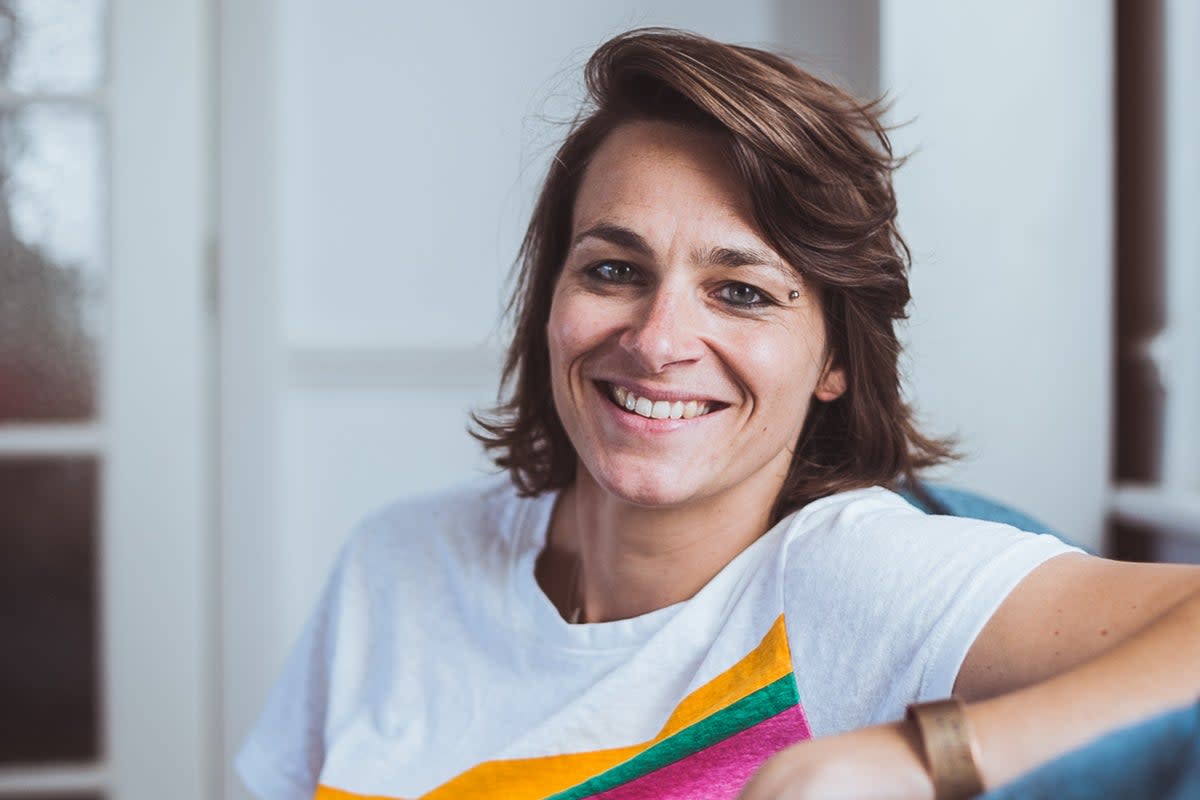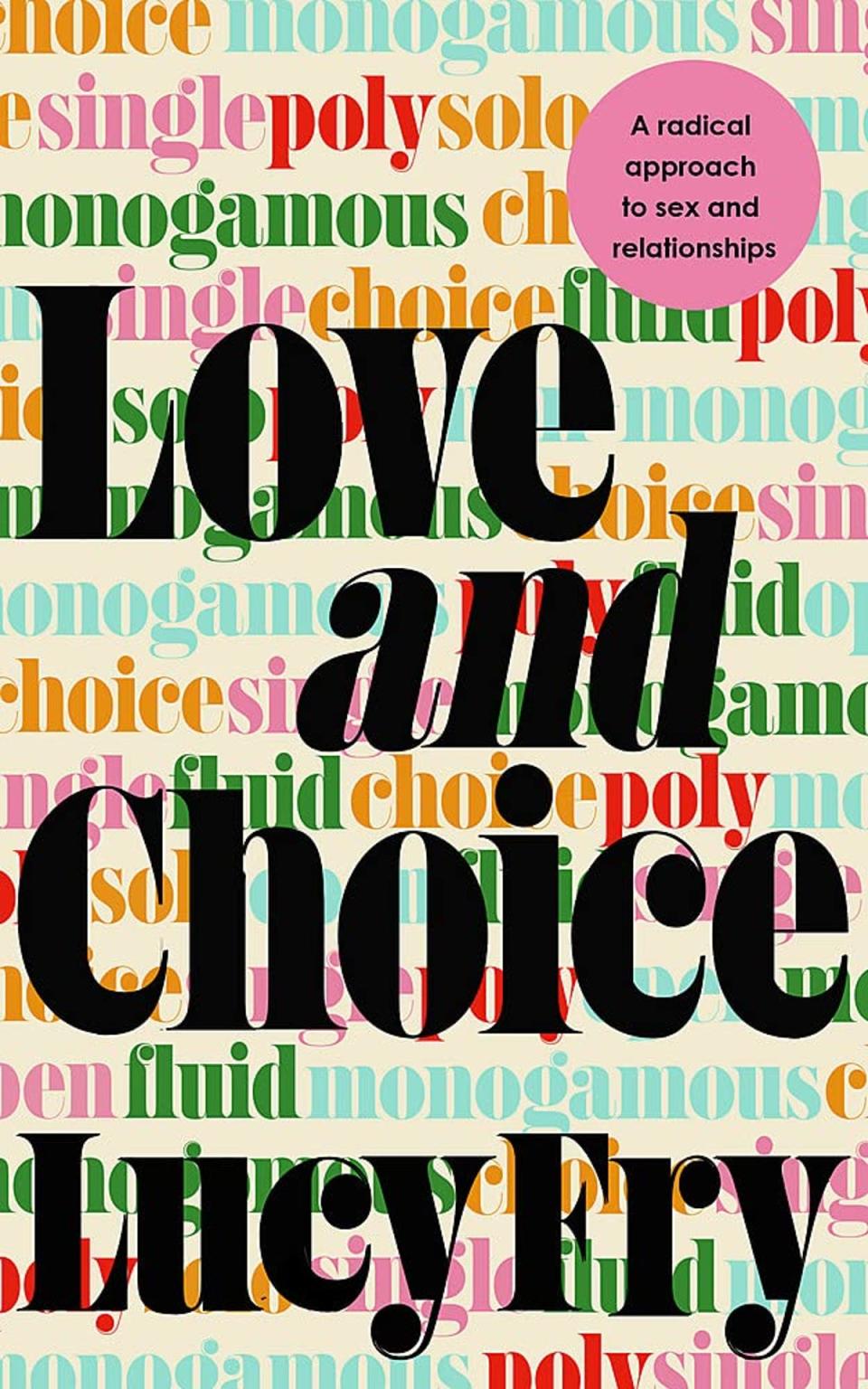Like The Couple Next Door, my wife and I tried polyamory — here’s what it taught me about love

Six years ago, my wife and I decided to open up our relationship.
The plan was to allow other sexual partners inside our marriage, but to remain committed; to stay together, as life partners, lovers and friends. We didn’t want to leave each other, nor did we want the status quo: a monogamous marriage, where having sex with someone else constitutes cheating.
Instead, we hoped that by allowing one another the chance to have our needs met elsewhere, we might ease some resentment and create more breathing space at home. Under these new rules, infidelity no longer meant having extramarital affairs, but lying about them.
Things evolved naturally. What began as “monogamish” (a term coined by writer and podcaster Dan Savage to mean mostly-monogamous-but-sometimes-not) evolved into polyamory (enjoying more than one romantic relationship simultaneously with the consent of all parties). It was an exciting journey and, at points, extremely difficult.
There was jealousy, insecurity and anxiety to navigate — but there was something erotic about it, too. I explicitly recall my mixed feelings kissing my wife goodbye as she went off dressed in a sexy outfit for a first date with a new intrigue.
On one hand I was happy; she looked beautiful and felt giddy - it reminded me of when we first met. On the other hand, I felt angry and abandoned, left at home to wonder what she would get up to and with whom. Would she come back to me as promised? Or might she get carried away and stay out, leaving me to wake alone the next morning?
It was much easier when we were both on the same page, exploring together on the same night, so that nobody was left at home. Yet life isn’t always like this: sometimes one person is in an adventurous phase whilst another is recovering from work burnout and hasn’t the energy to go and date.

I never foresaw how many minefields there might be around contact with others and remember well the deep upset I felt when my wife was in a particularly enamoured liaison. She couldn’t put her phone down. I had another partner then too, so perhaps she assumed I didn’t mind. But after several requests that she have more boundaries around her phone, I finally lost it.
This was one of the toughest aspects of our journey into non-monogamy, not so much the sex with others but the obsessive contact. It still pinches my skin to remember.
I had mixed feelings sending my wife off for a first date — it was thrilling but I also felt abandoned
We faced external challenges too when disentangling ourselves from our social conditioning, having grown up (as most of us do) with a supposed relationship ‘blueprint’: the idea that there is a gold standard around relationships - heterosexual, monogamous and between two people only – and that to do anything other than that is to be ill-fitting.
I realised quickly that this was nothing like the first time I came out as gay back in my mid twenties. Back then, most people around me were supportive and just wanted me to be happy. This time, it seemed my friends and family were far less tolerant.
Now that my wife and I were not simply opting for a same-sex relationship but deviating from a more widespread and supposedly entrenched norm in our society (monogamy), there were clear social consequences.

I was surprised and hurt by the harsh judgement we received from some of those closest to us. Some people were subtle, showing their disapproval by staying silent when I tried to speak about the highs and lows of being ‘open’. I didn’t receive sympathy or offers of support, as I might have done if I was speaking about more traditional marriage troubles.
Others were more explicit, with one loved one telling me that my wife and I would “totally screw up” our four-year-old son by having other lovers. Despite all this, I have no regrets. Since opening up my marriage, I believe I am a better lover, partner and friend than I ever was when I was monogamous.
I am a clearer and less defensive communicator. I am less judgemental and more empathic. I am quicker to adapt to change and less frightened of it. I am less dependent on others to provide me with a sense of security and better able to provide it for myself.
From the people I interviewed for my new book, Love and Choice – A Radical Approach to Sex and Relationships, I have gleaned that no one size fits all and that there are many ways to skin the proverbial relationship cat. Take Hannah, 44, a relationship anarchist (a term coined by Swedish activist Andie Nordgren), who believes in zero pre-conditioned hierarchy around relationships and who has taught me to question my own relationship pecking-order. She believes, just because you are a family member, it doesn’t mean you are more important to Hannah than her lover, and just because you are a lover does not mean you’ll ever come before an old friend.
Then there was Alex, a heterosexual man in his fifties, who manages five loving relationships with different (polyamorous) women, each of whom has their own space in his heart. He taught me that it is possible to love different people in different ways; more love equals more love. Love is abundant, not limited.
Sandy and Jon, a couple in their late forties, made me think about how to love more generously and without fear. They have been in a very happy, committed open relationship for more than a decade. For them, sexual non-exclusivity has helped to deepen trust, not break it.
“For us, trust means that this person loves you and has your best interests at heart,” Sandy explains. “I know that Jon can have an incredible night with another woman, or a man, and it doesn’t have any impact on how he feels about me. I know this because I’ve experienced the same thing. The idea that lust is finite just seems so odd! Like there won’t be any left for my partner just because I allow myself to express lust for someone else.”
Choosing conscious monogamy has made me less defensive, more emphatic and better able to provide security for myself
Perhaps the most important lessons I learnt from the consciously non-monogamous community were around communication. Negotiating time and space with different lovers requires you to upskill - and fast. I learnt that we can all communicate both constructively and destructively and that, whilst the former builds interpersonal bridges, the latter can blow them up. Destructive communication can include ignoring, shouting or passive aggression. Constructive communication means being able to have difficult conversations. It means being able to express oneself – our hurt feelings, perhaps – without the need to accuse and blame. For example, I’ve stopped expecting those close to me to read my mind, and instead try to explain my mind to them.
The polyamorous community has also taught me practical tips for managing successful relationships. Cody, Janie and Maggie are a happy ‘throuple’ (three-person relationship) in their thirties. They have been together for five years and credit this with their Sunday afternoon ‘relationship meeting’ where joys and grievances are aired. In this meeting, they can stop resentments in their tracks and deal with problems as they arise, leaving the rest of the week for romantic pursuits instead of arguing. Why shouldn’t we plan and care for the upkeep of our relationships as we might our beautiful home? I wondered. Why shouldn’t we check in, with a monthly or bi-annual appraisal?
I returned to monogamy recently. After years of exhilaration, drama and bliss, I wanted to pause, rest, think and explore the deep intimacy that can be created with just one partner (at a time). Experiencing conscious non-monogamy changes a person, and not just sexually. I needed time to process that without adding more complex experiences to the mix. This is nothing like the unconscious monogamy of my past however, since it is a very individual, conscious choice made in full knowledge that there are other viable, ethical options - options I suspect I will pursue in future.
How to embrace choice in your relationships
Explore your thoughts — and don’t self-censor
Never censor your own thoughts: they are messengers from within and you don’t have to act on them unless you want to and are ready. This is particularly true of sexual fantasies: allowing yourself to mentally explore without swooping in to judge or quieten yourself is one way to uncover hidden desire and help you get in touch with what you might choose, if you feel able to.
Think about - and challenge - the sex and relationship ‘blueprint’ you grew up with
What were the rules your parents, and society, taught you about what loving relationships should look like? Was monogamy very much ‘the only right way’? What are your current beliefs around sex, particularly around what you are or are not allowed to think/do/seek/want/reject/ explore?
This might include a long, wordy description or it could be a few lines, a diagram or a sketch. If you have an inkling as to where these beliefs originated, write that down too.
Make a list of ‘shoulds’. Then change them all to ‘coulds’
Take a piece of paper and write everything you think relationships should be, involve or avoid. This might include things like ‘relationships should be monogamous’ or ‘partners should live together’.
Address areas like desire and sex explicitly. What do you think sex should look like? Should it always involve orgasm? Does it always have to be done with a regular partner or is casual sex just as fulfilling? And what emotions should you be feeling towards a partner? Is it ok to feel angry? It is all right to ask for space?
Write down everything you feel you or your partner(s) should be doing, thinking or feeling in a relationship Then look at it and wonder: can I replace the ‘should’ with ‘could’? What would I choose, if I felt able to?
Lucy Fry’s book ‘Love and Choice: A Radical Approach to Sex and Relationships’ is available to buy now


